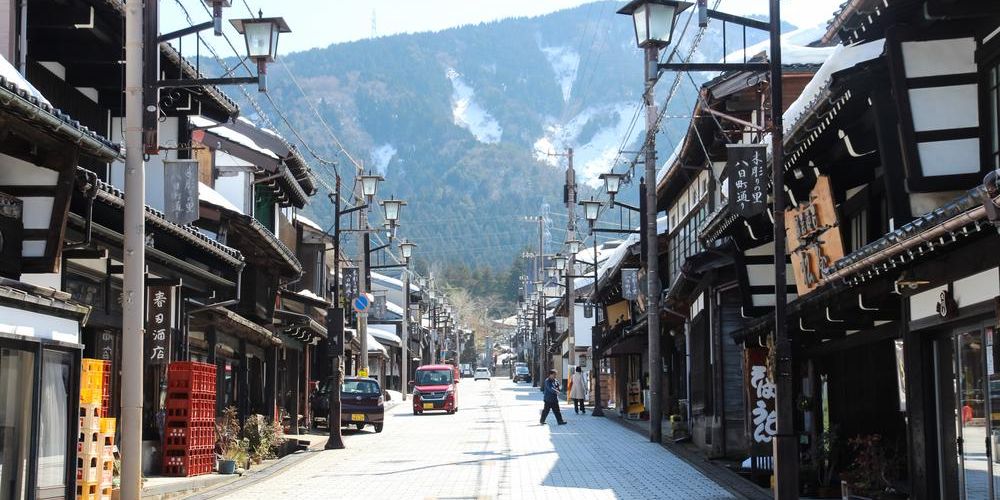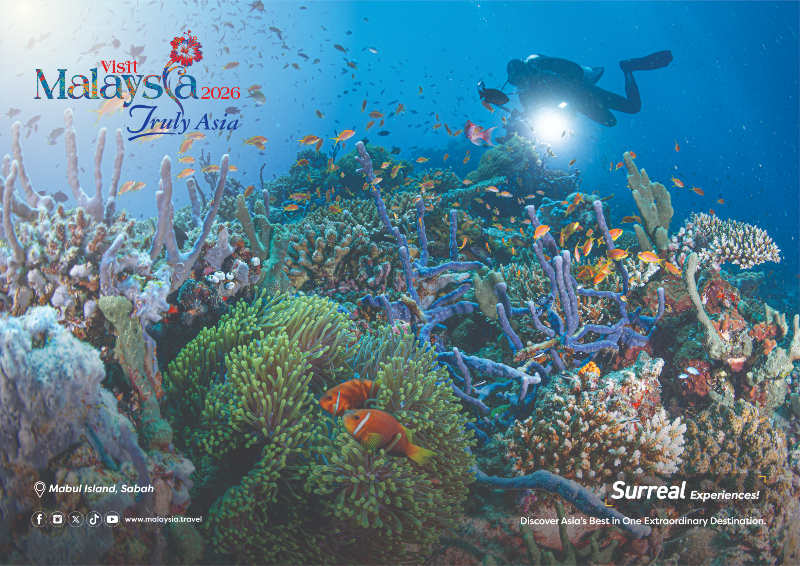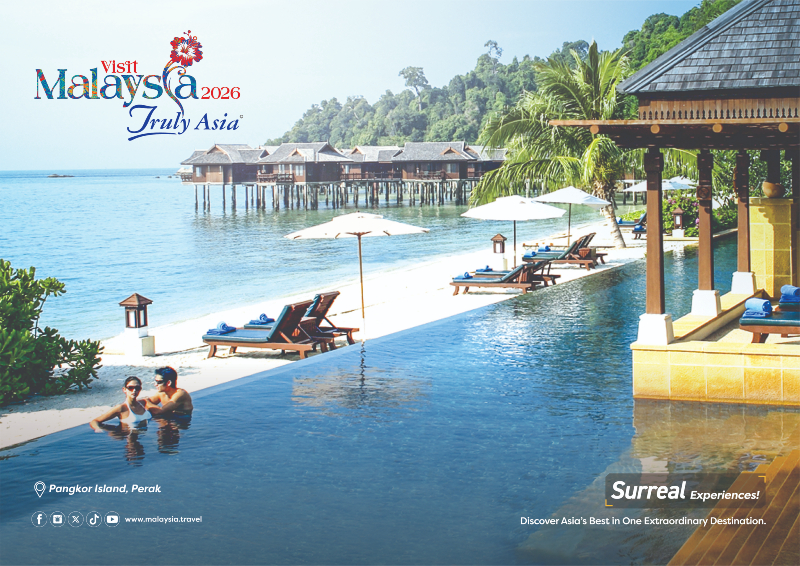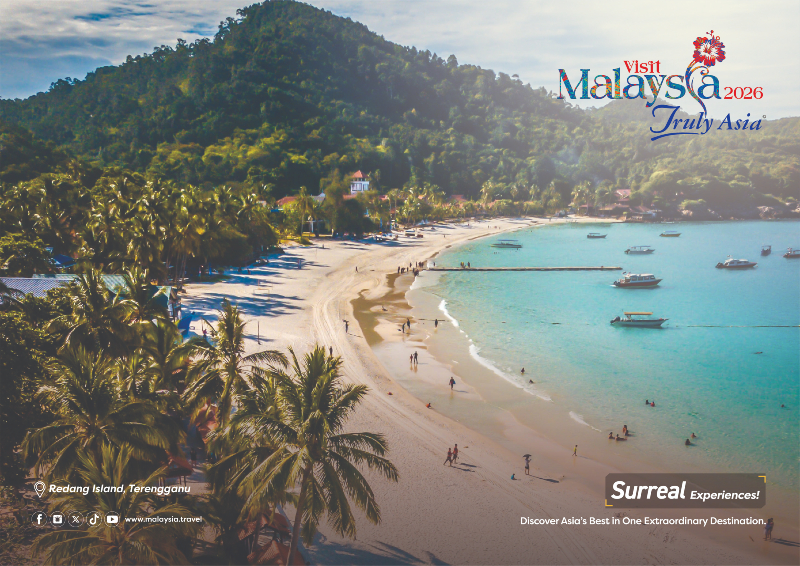InsideJapan Tours, the cultural adventure operator behind InsideAsia Tours, is putting Toyama Prefecture on the map as the first of five lesser-visited destinations in its newly launched overtourism strategy.
The plan aims to spread visitors across Japan’s quieter regions, easing pressure on busy hotspots and encouraging more sustainable travel.
Just two and a half hours from Tokyo by shinkansen (high-speed train), Toyama remains a name unfamiliar to most international travellers.
Cradled between the Japanese Alps and the Sea of Japan, this underappreciated region is a tapestry of traditional villages, rice paddies, and emerald rivers winding through dramatic gorges. It’s a place where national parks cover more than a third of the land, mirror-like lakes reflect mountain peaks, and the sushi is as fresh as anywhere in Japan.
InsideJapan’s Senior Japan Tailormade Product Manager, Kate Samuel, believes Toyama is emerging from the shadows. “It’s the embodiment of picture-perfect Japan, but it’s the people and their culture that make it truly special,” she says. “Toyama’s residents are fiercely proud, using tourism as a force for good to regenerate their communities without losing what makes them unique.”
Wander through Toyama’s villages and you’ll see workshops opening directly onto the street, with artisans crafting bronze bells, washi paper, and wooden sculptures much as their ancestors did. Unlike in bigger cities, these skills aren’t museum pieces – they’re living traditions. It’s a region where heritage is woven into daily life and travellers are invited to witness the balance of tradition and innovation firsthand.
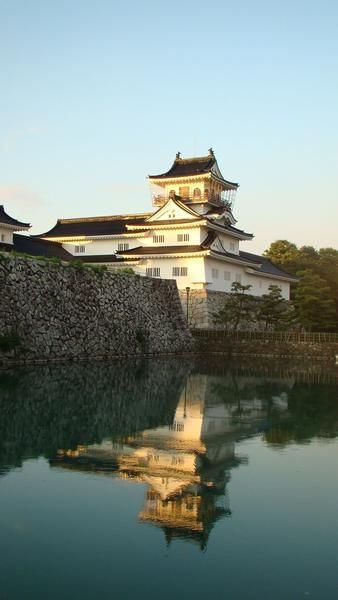 From Edo-era storehouses and peaceful temples in Johana to the quiet lanes of Inami, Japan’s premier woodcarving village, Toyama is a destination that prizes authentic cultural encounters over mass tourism.
From Edo-era storehouses and peaceful temples in Johana to the quiet lanes of Inami, Japan’s premier woodcarving village, Toyama is a destination that prizes authentic cultural encounters over mass tourism.
In the port town of Iwase, Michelin-starred restaurants offer exquisite Toyama Bay seafood, while Bed + Craft’s artisan-inspired guesthouses let visitors sleep among history and creativity.
And in the hills of Nanto, Ainokura’s gassho-zukuri thatched-roof houses, still home to local families, provide a glimpse into Japan’s Edo-period past.
For those seeking a truly immersive experience, there’s even the chance to stay at a restored 120-year-old farmhouse in Tonami, where rooms are crafted from local paper, silk, and soil.
Toyama’s whisky and sake distilleries add to the richness of the experience, blending centuries-old brewing heritage with a warm welcome.
Inside Travel Group Co-Founder Simon King believes this approach to travel is crucial for Japan’s future. “With visitor numbers growing, part of the solution to overtourism is to encourage travel to lesser-known parts of the country,” he says. “Places like Toyama – where 99% of international tourists have never set foot – are where travellers can experience something meaningful and regenerative, rather than simply ticking off sights.”
InsideJapan’s overtourism strategy doesn’t stop at Toyama.
Over the coming months, it will highlight other lesser-visited regions including Nagasaki, Nagoya, Yamaguchi, and Aomori, weaving them into tailor-made itineraries for curious travellers eager to explore Japan’s hidden gems.
The Hidden Zen Self-Guided Cultural Adventure is one of the itineraries that includes Toyama, but the team at InsideJapan can incorporate these undertouristed destinations into any journey through Japan.
For those who want to avoid the crowds and discover the real heart of the country, these lesser-known regions offer not just scenery, but a chance to be part of something bigger – a story of communities using tourism to shape their future.
